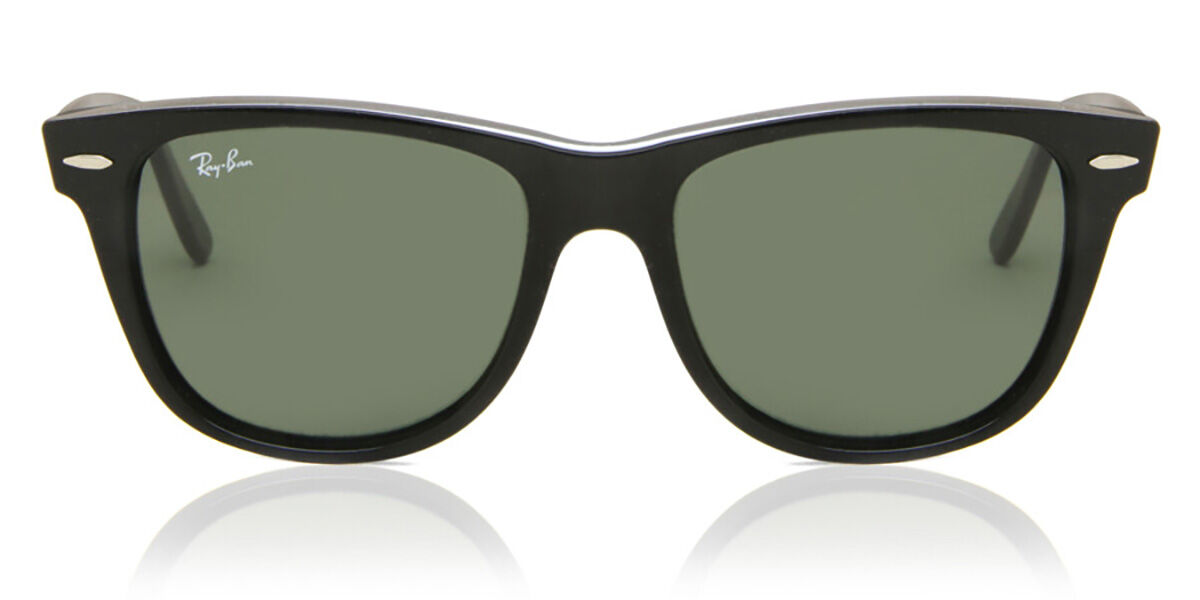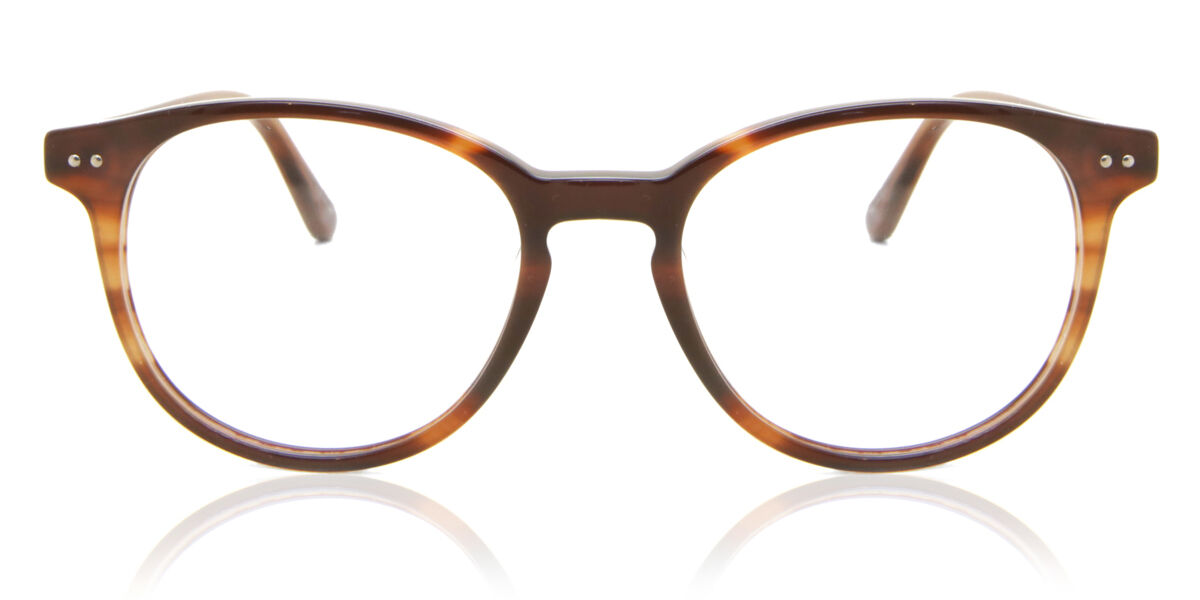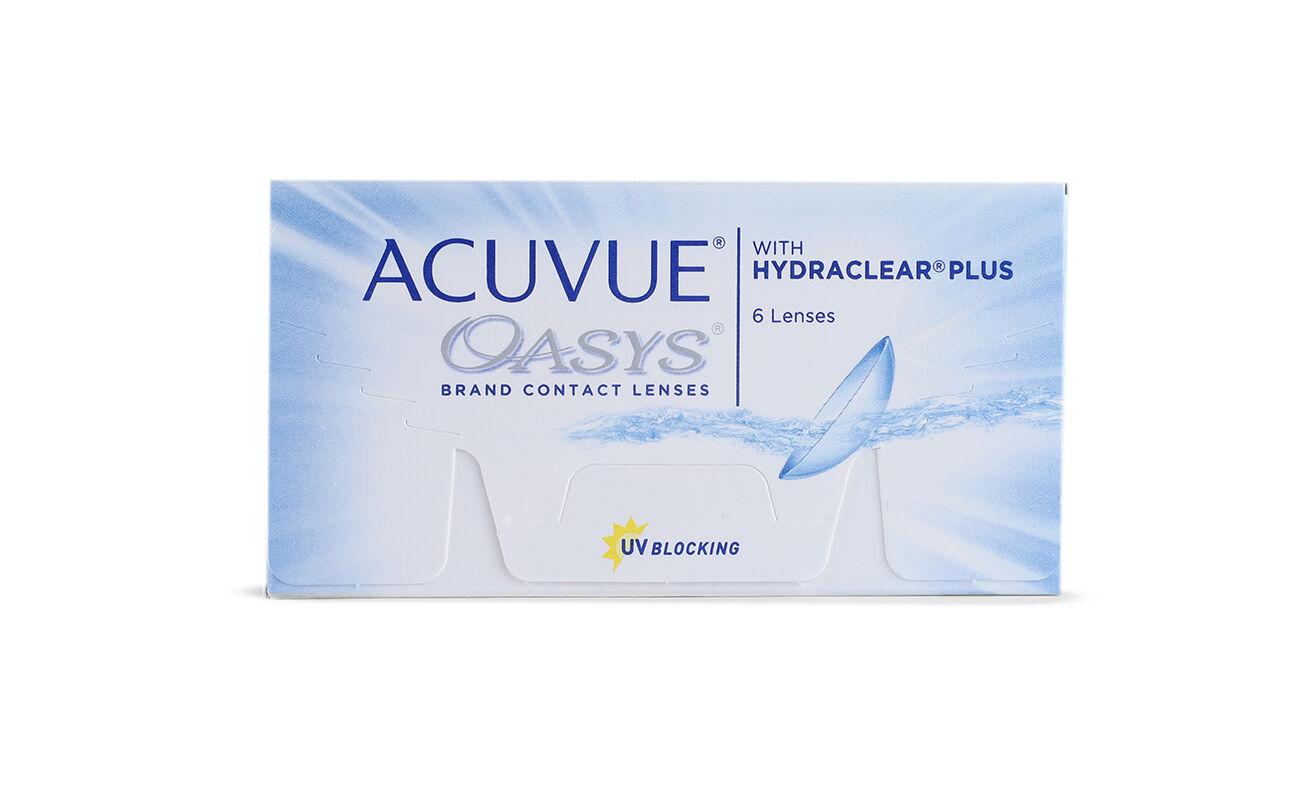Free shipping
Lenses included
Best price guarantee
100-day returns
Enjoy free shipping on orders over NZ$99.
Lenses included
1.5 index lenses included with all prescription eyeglasses.
Best price guarantee
If you find a better price online within 14 days of purchase, we'll beat it by NZ$3.
100-day returns
All purchases are eligible for return within 100 days of receipt of shipment for a refund or an exchange.
Your go-to optician
We've got the answers to all your vision questions.
Got questions about glasses?
Check out these resources to get started.

















































































